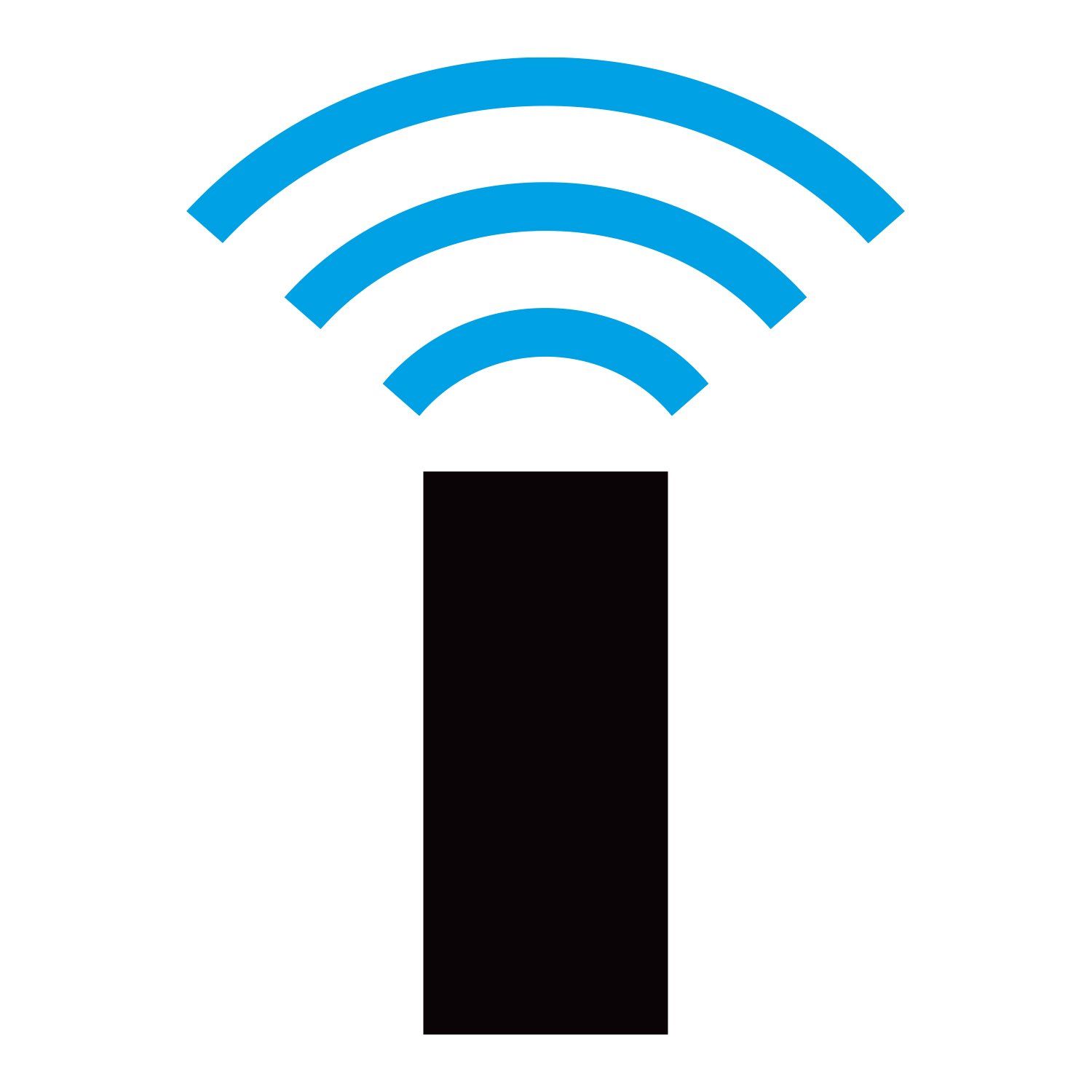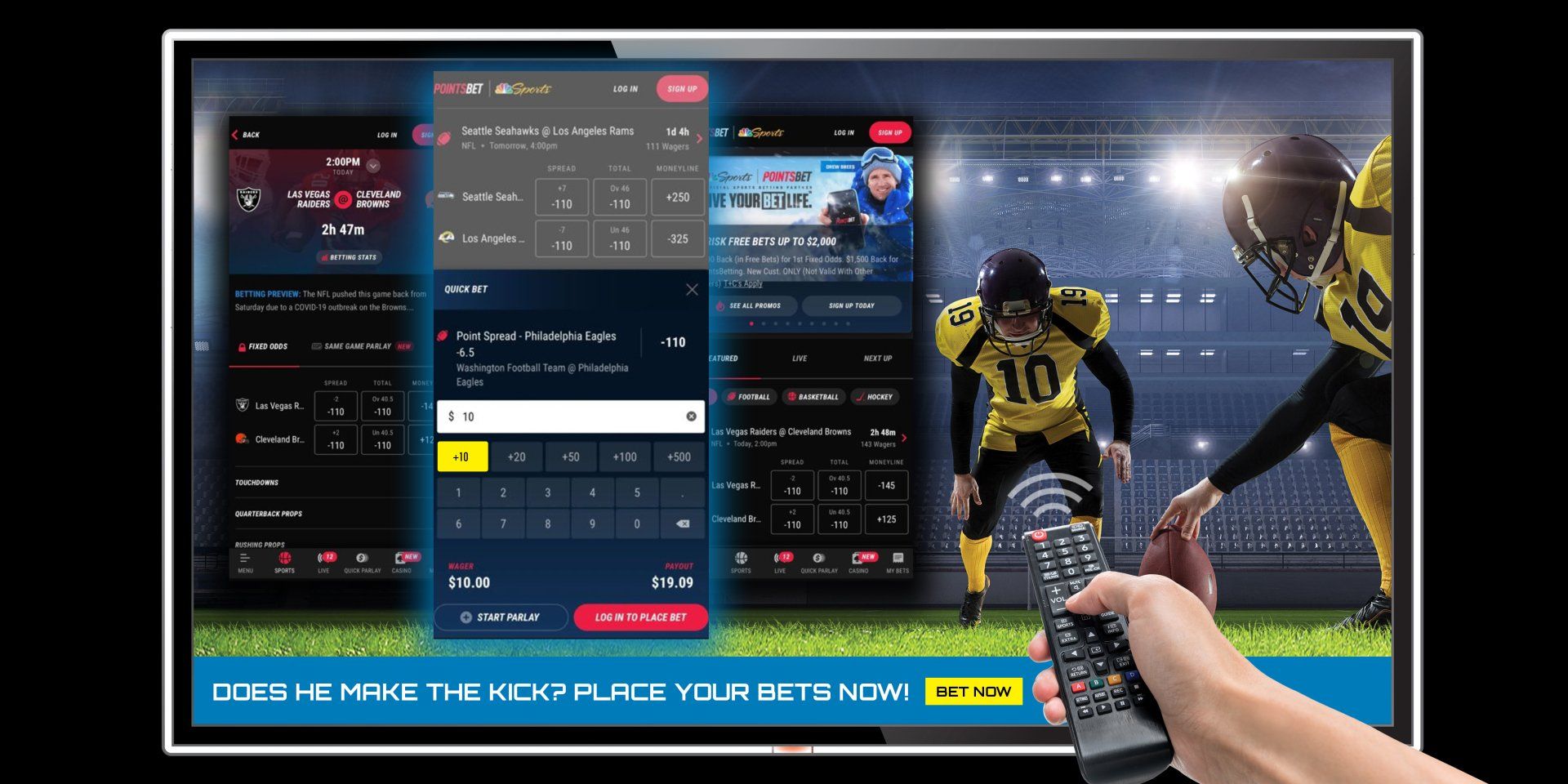C HOW IT WORKS
The key to how the CeWi protocol works lies in how CeWi Apps are written. Conventional internet programs and apps are designed to request information from a remote server, and then the data is sent from the server to the user’s app over a dedicated connection. If a thousand users are requesting the same information from a server, that same information is sent one thousand times, to each user individually. This procedure is necessary because the information is broken up into thousands, or even millions of data packets for transmission, and all the packets have to be received in the order they were sent.
The CeWi protocol was written such that each message packet contains all the information needed to be processed by the app individually. It does not matter what order the packets are received in. All the information needed for an app to function is constantly being updated by a single server, and since the packets are sent out as a broadcast, every user gets every message packet at the same time as every other user. There is zero latency between users.

ADDITIONAL CAPABILITIES

Software Updates
Broadcast software updates or large data files to millions of devices at once, or even stream real-time data to an unlimited number of devices

Location Accuracy
Deliver low cost, high-resolution data streams to enhance location applications in an unlimited number of vehicles, personal and IoT devices, and other systems

Security
Apply new levels of security to mission-critical data transmissions using independent signal paths and proprietary protocols that are far more impervious to remote hacking methods


